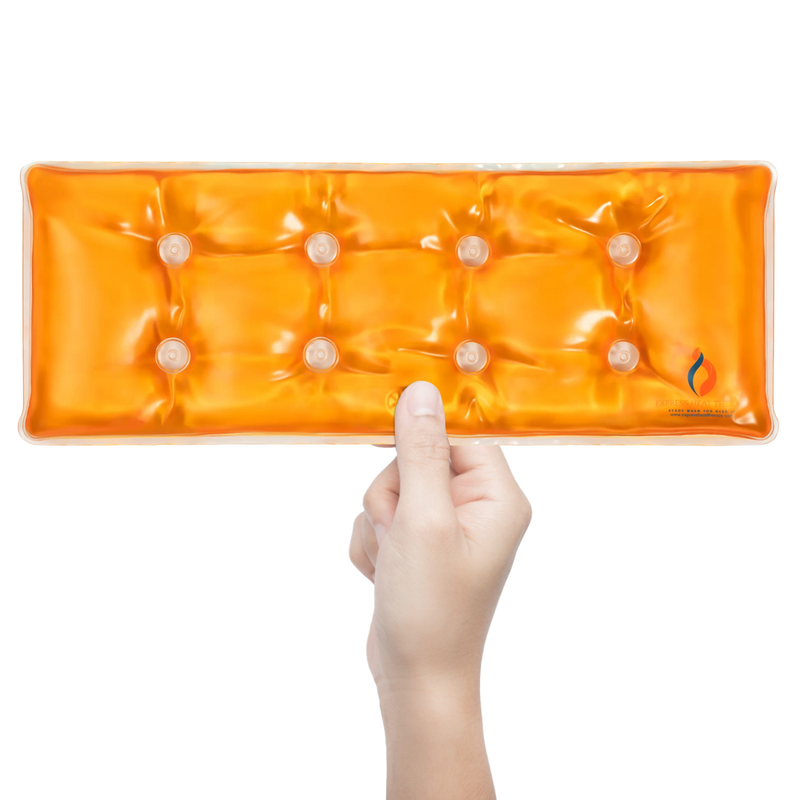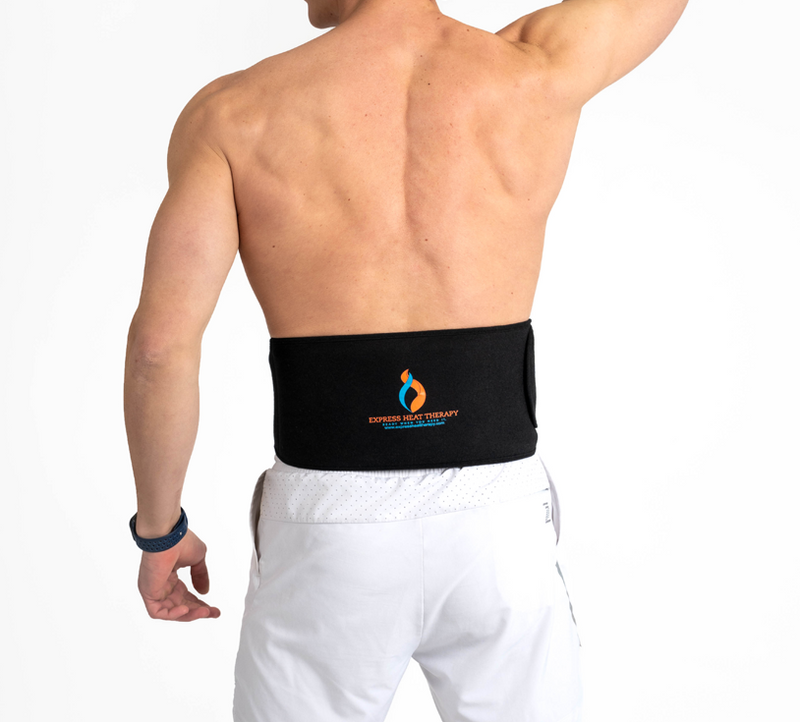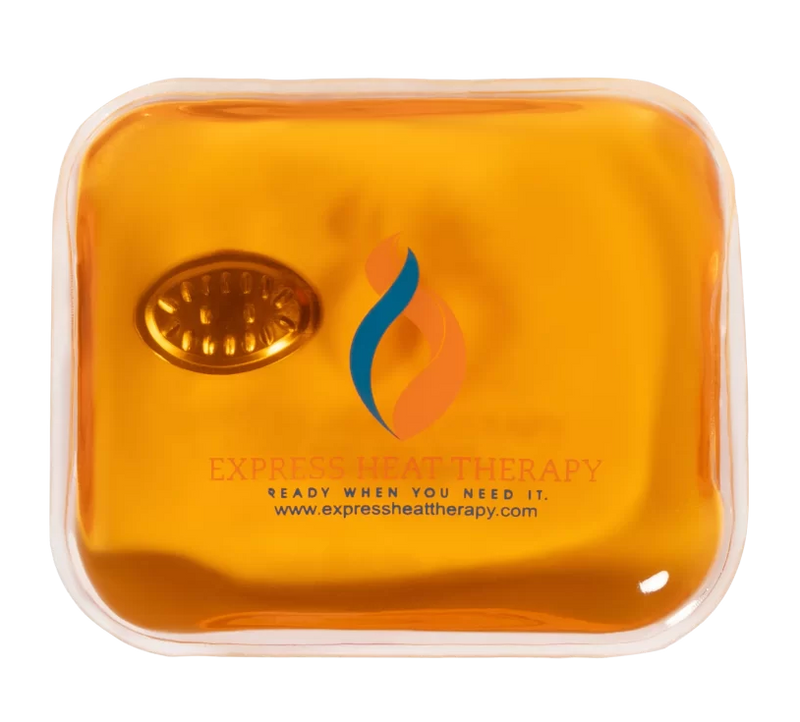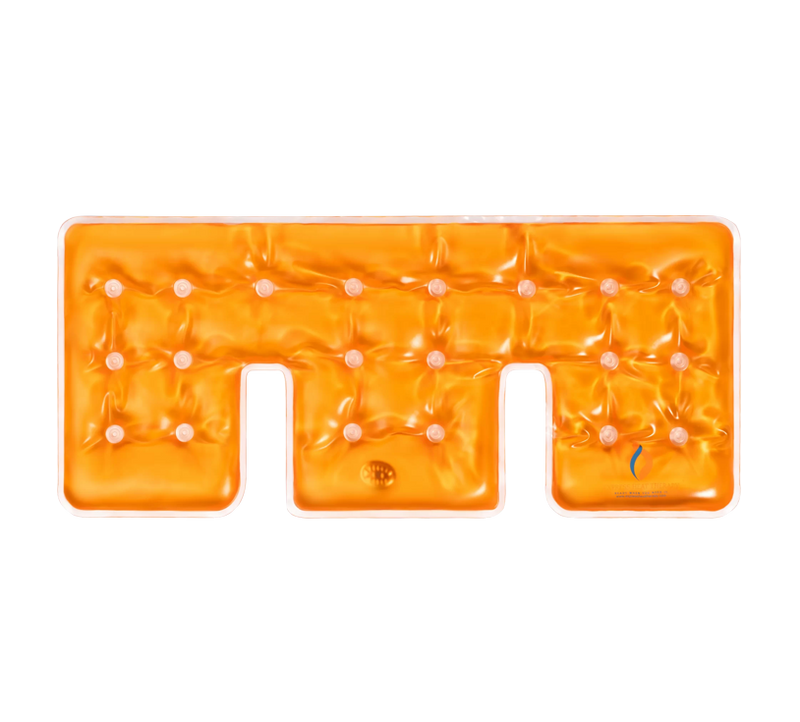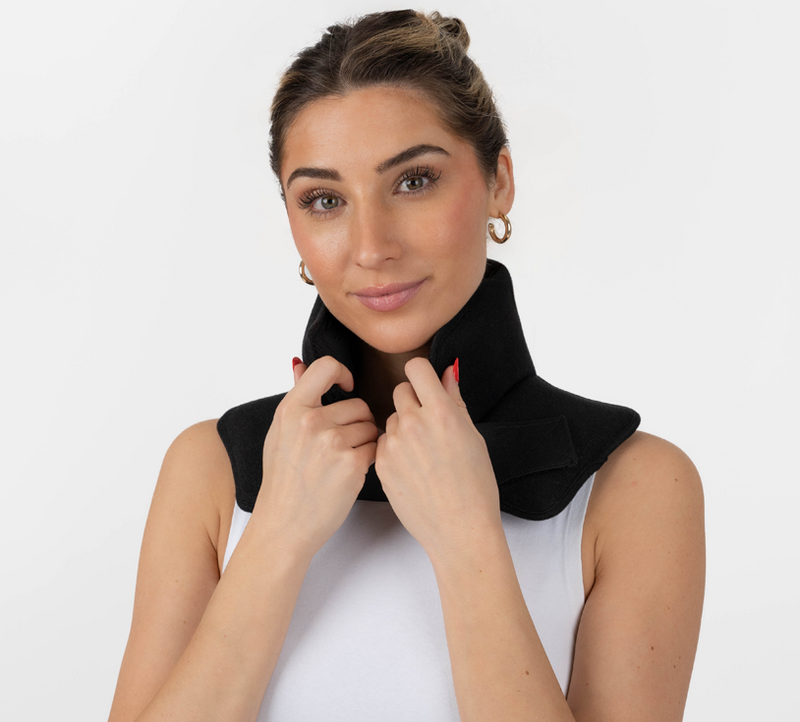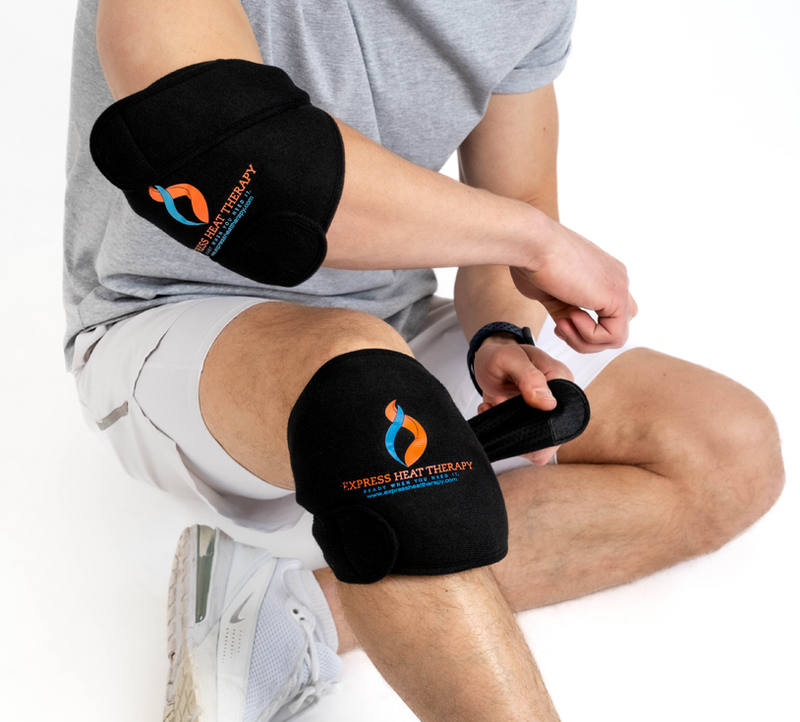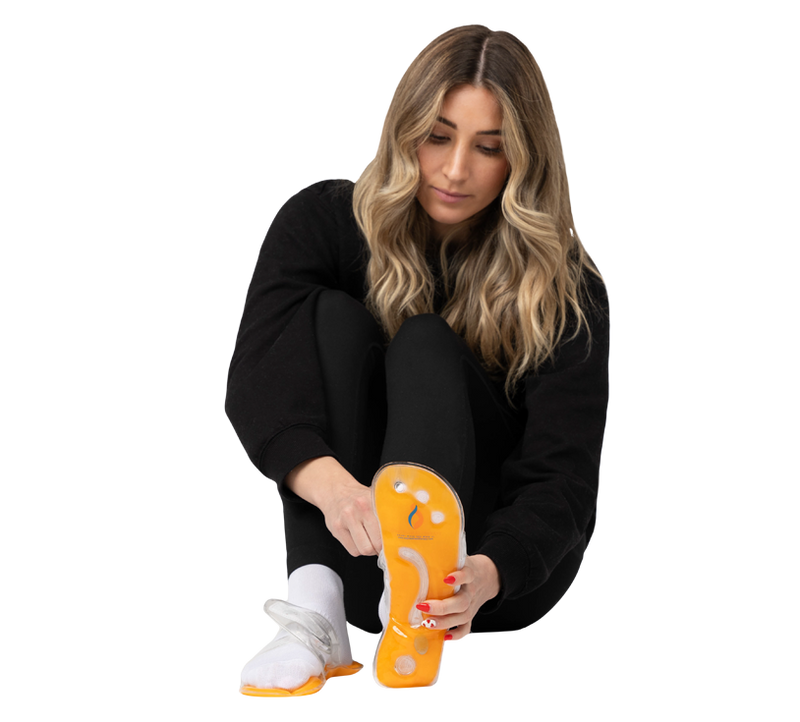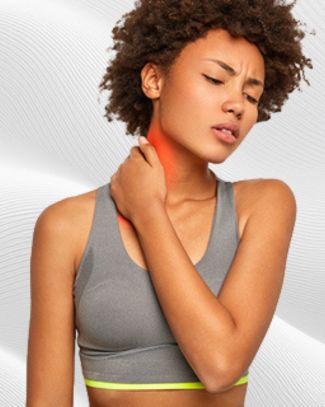If you train hard, chances are you’ve felt the aches, stiffness, or sharp pulls that come after intense workouts. From sore hamstrings to stiff shoulders, athletes put their bodies through constant stress. The question isn’t if you’ll experience discomfort, but how you’ll handle it. That’s where a heating pad for athletes comes in.
Heat therapy has been a go-to recovery tool for decades; trainers, physiotherapists, and athletes at every level use it to reduce pain, speed up recovery, and even prevent injuries. But not all heating pads are made the same, and not everyone knows the right way to use them for performance and recovery.
In this guide, we’ll break down how benefits of heating pads for athletes, the best times to use them, safety tips, and how they compare to ice packs.
Let’s get right in.
Why Athletes Should Use a Heating Pad
When you push your body, your muscles contract, tear on a microscopic level, and rebuild stronger.
But the process usually comes with soreness, stiffness, or lingering pain. Heat therapy helps by:
-
Boosting blood circulation: Warmth opens up blood vessels, bringing more oxygen and nutrients to sore or injured muscles
-
Easing pain naturally: For athletes looking for pain relief without pills, heat therapy is a safe, effective choice
-
Supporting recovery: Faster circulation means quicker waste removal from muscles, which helps you bounce back sooner
Put simply, a heating pad is more than just comfort. It’s a practical recovery tool that supports pain relief for athletes and keeps the body ready for the next workout.
Let’s take a look at more of the benefits of heat therapy for athletes.
Heating Pad Benefits for Athletes

Have you ever woken up the day after a workout barely able to move? That’s delayed onset muscle soreness (DOMS). Thankfully, a heating pad can ease the discomfort so that you feel much better. Some benefits of using a heating pad include:
Injury Prevention for Athletes
Tight, overworked muscles are more likely to get injured. By using heat before training, you increase flexibility and lower the risk of strains. Athletes who consistently use heat therapy as part of their warm-up routine often notice fewer injuries in the long run.
Helps with Sports Injuries
For sports injury recovery, heat is especially effective once the initial swelling has gone down. It helps speed up the healing process for conditions like tendonitis, joint stiffness, or lingering back pain. Compared to ice, which is better for immediate swelling, heat therapy for sports injuries is ideal for ongoing recovery.
Mental Relaxation
Performance isn’t just about physical strength; it’s also about mental readiness. The soothing warmth of a heating pad calms the nervous system, reduces stress, and allows athletes to focus better. Think of it as recovery for both the body and the mind.
Convenient and Safe
Modern heating pads are designed with athlete safety in mind. Portable options, like the Express Heat Therapy Knee & Elbow Pad, make it easy to get relief on the go (at the gym, on the field, or at home). When used correctly, they’re a safe, effective way to support long-term performance.
Relaxes Stiff Muscles
After an intense workout or game, muscles often tighten up. Applying heat increases blood flow, which loosens stiff areas and makes it easier to stretch. This is why many athletes keep a heating pad before workout sessions to “warm up” stubborn muscles and prepare them for movement.
Should You Use A Heating Pad Before A Workout?
One of the biggest questions athletes ask is whether it’s safe to use a heating pad before workout sessions. The answer is yes!
Heat before training can:
-
Loosen up stiff joints
-
Improve muscle elasticity
-
Reduce the risk of strains or pulls
But it’s not a substitute for a warm-up. The heating pad acts as a primer; it’s great for stiff knees, tight shoulders, or sore lower back muscles before you start moving.
Follow it with dynamic stretches and light activity to fully prepare your body.
For example:
-
Runners might apply heat to their calves or hamstrings before jogging
-
Weightlifters might use a pad on their shoulders or back before lifting
-
Tennis players might use it on their elbows or wrists for flexibility
So yes, a heating pad before exercise can help, but don’t skip your warm-up routine.
Should You Use A Heating Pad After A Workout?
If there’s one time athletes benefit most from heat, it’s after exercise. Using a heating pad after exercise can:
-
Relax overworked muscles
-
Reduce next-day soreness
-
Speed up recovery by improving blood flow
-
Support injury prevention for athletes in the long run
For instance, after a leg day at the gym, 15–20 minutes with a heating pad on your quads or hamstrings can make walking up the stairs the next day a lot easier.
Athletes who add heat to their cool-down routines often notice less stiffness and quicker recovery times. Some athletes also use heat in combination with light stretching post-workout for an even deeper release.
Heat vs Ice for Athletes: Which is Better?
This debate comes up often: heat vs ice for athletes. Both have benefits, but the most thing is knowing when to use each.
-
Ice (cold therapy): Best for acute injuries (sprains, inflammation, swelling). Ice helps reduce pain and prevent further tissue damage in the first 24–48 hours
-
Heat (heat therapy): Best for chronic soreness, stiffness, and recovery. Heat improves blood flow and flexibility
So, if you roll your ankle in a game? Use ice first. If you’re dealing with ongoing back stiffness or post-workout soreness? Then use heat.
Many athletes actually use both. They use ice immediately after an injury, then heat in the following days to promote healing.
Heating Pad Safety for Athletes
Heating pads are one of the simplest recovery tools out there, but like any therapy, they need to be used properly. Here are the major safety tips every athlete should keep in mind:
Avoid Using Heat on Fresh Injuries
Heat isn’t for everything. If you’ve just rolled an ankle, tweaked a knee, or experienced sudden swelling, a heating pad is not the answer. In those cases, ice is better used to control inflammation. Heat works best for stiffness, soreness, and long-term recovery, not fresh injuries.
Watch the Temperature
Too much heat can burn the skin or cause irritation. The best heating pad for athletes is one that provides steady, moderate warmth rather than extreme heat. Always test the pad on a small area first.
Don’t Use Over Open Wounds or Bruises
If you’ve got cuts, scrapes, or heavy bruising, skip the heat until those heal. Applying warmth directly to broken skin can make things worse instead of better.
Check for Underlying Conditions
Athletes with conditions like diabetes, poor circulation, or nerve damage should be extra cautious. Reduced sensitivity in the skin makes it harder to tell if the heat is too strong, raising the risk of burns.
Listen to Your Body
The biggest rule of heat therapy: if it feels uncomfortable, stop. A heating pad should feel soothing, not burning or irritating. Recovery is about easing tension, not adding stress to your body.
Wrapping Up: Why Every Athlete Needs a Heating Pad
The truth is that training hard is only half the equation. Recovery is the other half, and it’s what separates good athletes from great ones. A heating pad for athletes is one of the simplest, most effective tools you can use to stay healthy, reduce pain, and improve your performance.
So, if you’re serious about athletic muscle recovery, consider adding a heating pad to your gear. And if you want one that actually works for active lifestyles, check out the Express Heat Therapy Knee & Elbow Pad. It’s built for athletes, easy to use, and designed to keep you performing at your best.
Frequently Asked Questions
-
Is a heating pad good for athletes?
Yes. Heating pads are excellent for athletes dealing with soreness, stiffness, or chronic injuries. They help muscles recover faster and reduce the risk of long-term issues.
-
Does heat affect athletic performance?
Yes. Heat can loosen muscles, improve flexibility, and reduce injury risk. Many athletes use heat before and after workouts to stay at their best.
-
Are heating pads effective for chronic sports injuries?
Absolutely. For injuries like tendonitis or chronic back pain, heat therapy improves circulation and helps manage ongoing discomfort.
